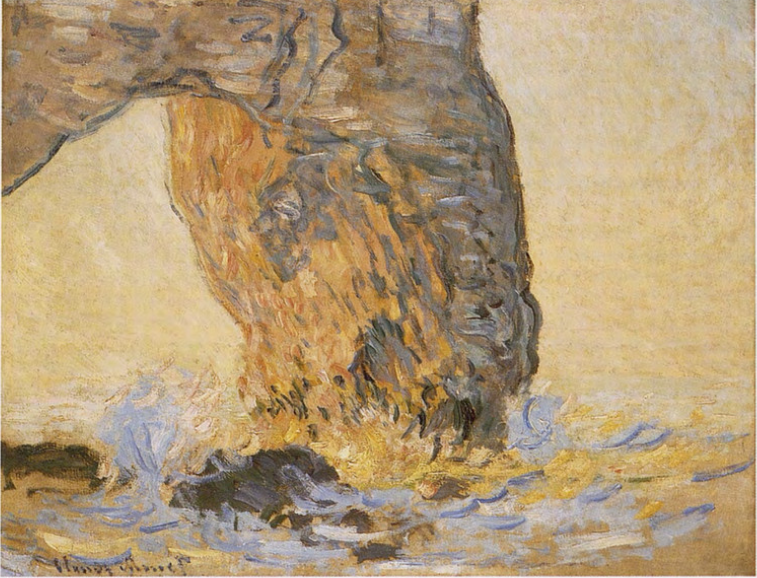Paint Tubes: A Technological Innovation
Until the mid-19th century, the best containers artists had for holding paint were pigs' bladders.
But bladders aren't great at this. They have a tendency to unexpectedly burst, and once they're open, their contents dry out pretty quickly. This makes painting outside of your studio difficult.
Enter John G. Rand, an American artist who invented the tin paint tube. That simple technological innovation helped pave the way for Impressionism, because it allowed painters to complete their work from virtually anywhere and even enabled new paint colors.
Artists soon took advantage of this, capturing the world like never before. Claude Monet apparently got so close to the subject of his 1885 work Waves at the Manneporte, you can find sand embedded in it:

Inventor Danny Hillis famously remarked that "technology is everything that doesn’t work yet." We don't tend to think of a paint tube as technology, because we eventually take innovations like it for granted. (See also: the wheel.)
Technological innovation removes barriers to human expression, enabling new styles and even entire disciplines. Sometimes, all it takes is a paint tube.
